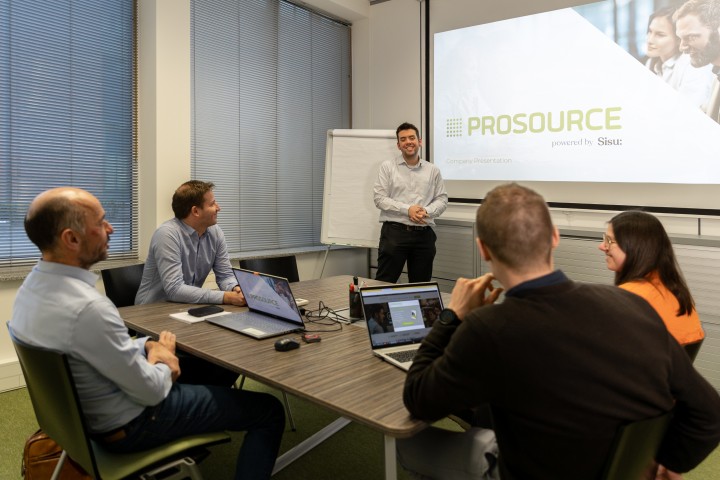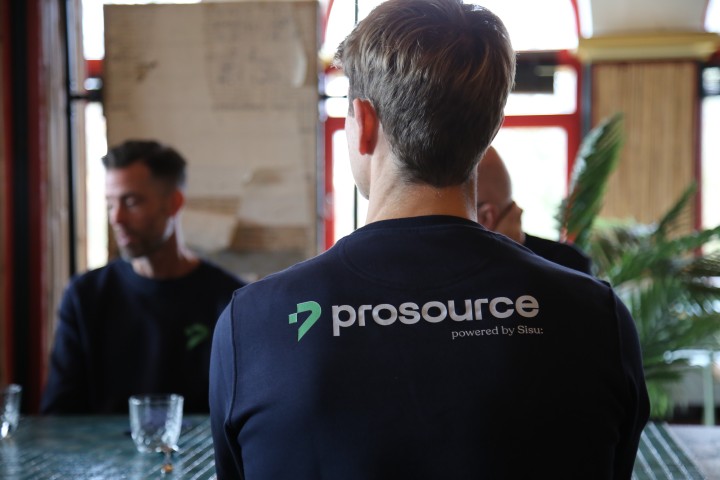Prioritisation Techniques In Project Management
-
Insight
-
Project Management
Project management is all about prioritising. By prioritising the requirements, you will increase your stakeholder satisfaction and your time to market with regard to creating business value. In this blog, we’ll give you several techniques for prioritisation.
STEP 1 – COLLECT AND DOCUMENT THE REQUIREMENTS
Once your project has been approved and the project objectives are SMART’ly defined, the next thing is to deep-dive into your scope. Read this blog to learn more about scoping your project.
The first step in your planning process is to collect and document all business and technical product requirements from your stakeholders.
In order to have a clear and transparent match of your detailed product requirements, you can use the traceability matrix approach. This matrix links the lowest level product (functional and non-functional) requirements to the deliverables of the project, then further to the project objectives and finally to the business objectives. This is often called a goal tree.
If you cannot link defined requirements from your stakeholders to a deliverable and to a project objective, this means they are out of the scope of your project. Or in the other case, the project objectives have to be re-visited to get them into scope.
STEP 2 – START PRIORITISING
Once you have captured all the requirements, the next thing to do is prioritise them. This will give you and your team a transparent and easy-to-follow schedule for the work to be done, while also setting clear expectations for your sponsor and stakeholders.
While prioritising, always:
- Consider what brings the most business value
- Set priorities by identifying urgent and important requirements
- Assess the bandwidth of your team
Prioritisation is not a one-time thing. Throughout the project, you need to be flexible, agile and re-prioritise regularly.
4 PRIORITISATION TECHNIQUES
So, how do you go about it? Here are four prioritisation techniques that are often used. Pick the one that works best for you.
A) MOSCOW ANALYSIS (DEFINED BY DAI CLEGG) STANDS FOR:
M: Must have
S: Should have
C: Could have
W: Won’t have (for now)
With this technique, all stakeholders need to reach a common understanding of the importance of each requirement. The requirements that deliver the most value and are critical are categorized as ‘M’ and will be the primary focus for your project team to deliver.
Requirements that are categorized as ‘nice to have’ but totally not critical get a ‘W’. To be honest…these requirements are often not delivered within the project timeline.
B) THE KANO MODEL (DEFINED BY NORIAKI KANO)
It is primarily a product management technique and works with four categories of need on two axes of a matrix.
The vertical axis is concerned with customer satisfaction. We have:
- Delighters/exciters
- Dissatisfiers
Items at the top of the vertical axis will delight the customer, while those lower will dissatisfy the customer.
The horizontal axis defines the product functionality. Here, we have:
- Satisfiers
- Indifference
Items on the left side indicate that the functionality is not fulfilling customer expectations. Items to the right indicate that they exceed customer expectations.
C) THE ‘PAIRED COMPARISON ANALYSIS’ (DEFINED BY LL THURSTON)
This technique rates and ranks the requirements by comparing one against the other on two points:
- creating business value
- criticality for success
This technique is often used in agile environments to define what features or requirements will be planned for the next sprint.
D) THE 100 POINTS METHOD, ‘FIXED SUM’, OR ‘FIXED ALLOCATION METHOD’ (DEFINED BY DEAN LEFFINGWELL AND DON WIDRIG)
In this technique, stakeholders get a total of 100 points to distribute across the requirements on the list. The most important ones get the most points. The highest-ranking requirements will be given the highest priority.
RESPONSIBILITIES OF THE PROJECT MANAGER OR SCRUM MASTER
Your role as a Project Manager or Scrum Master is to make sure that the requirements are prioritised and scored properly. It is not up to you to prioritise or score the requirements but to facilitate prioritisation and involve all necessary stakeholders, mainly business/product owners in the process.
This will also help to manage the expectations within the organisation, increasing the likelihood of your project being successful.




























